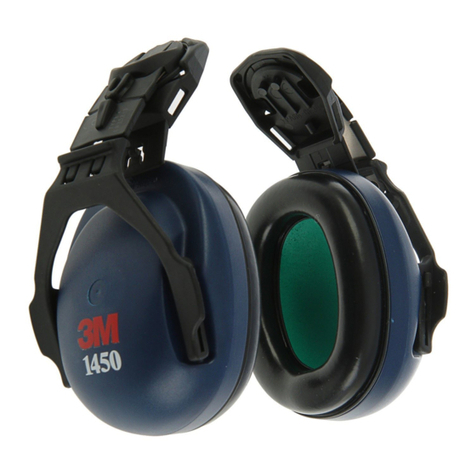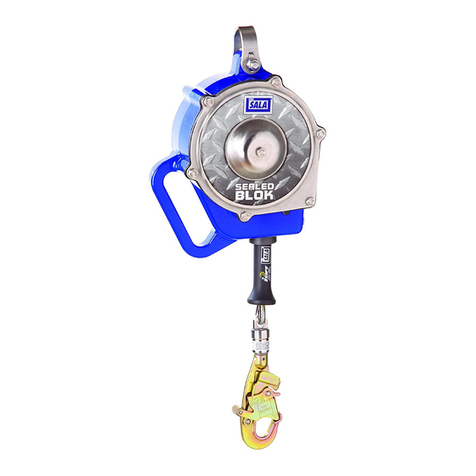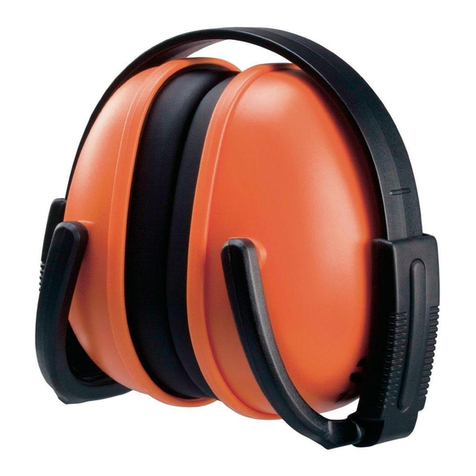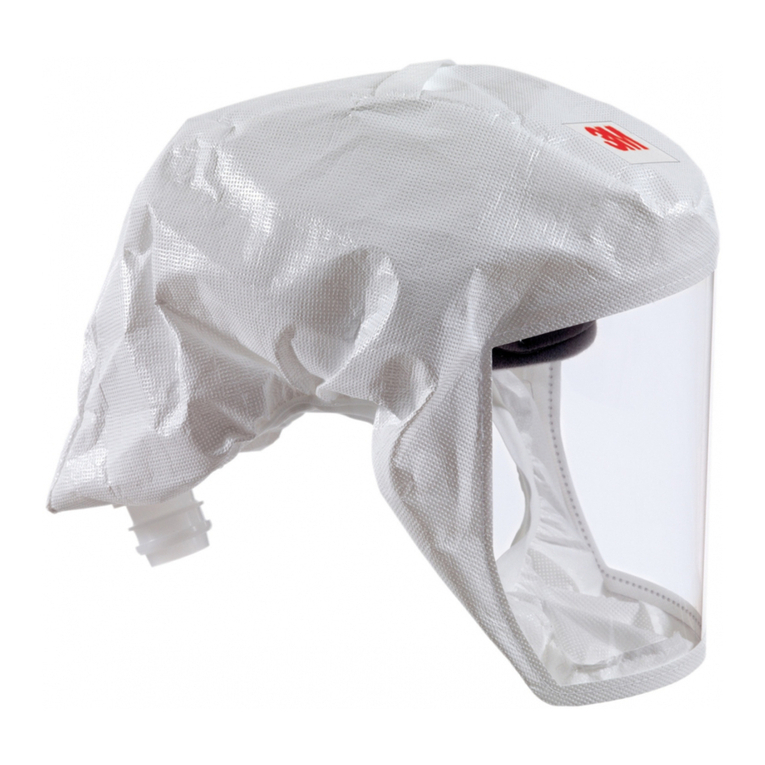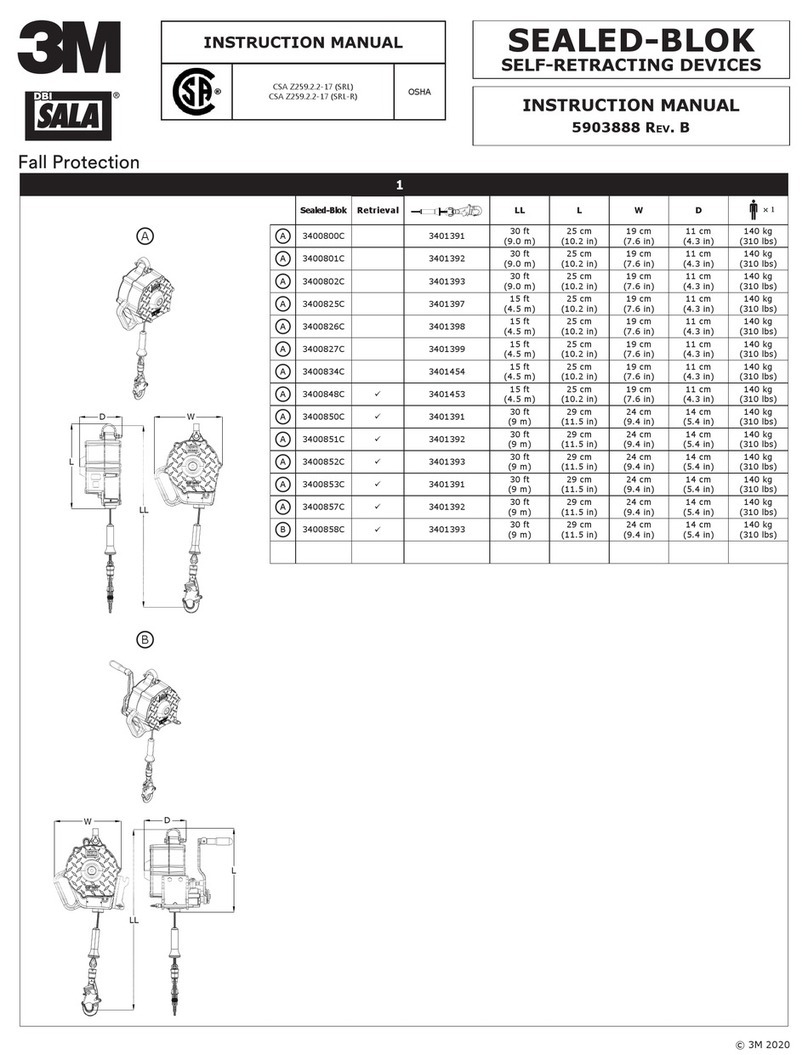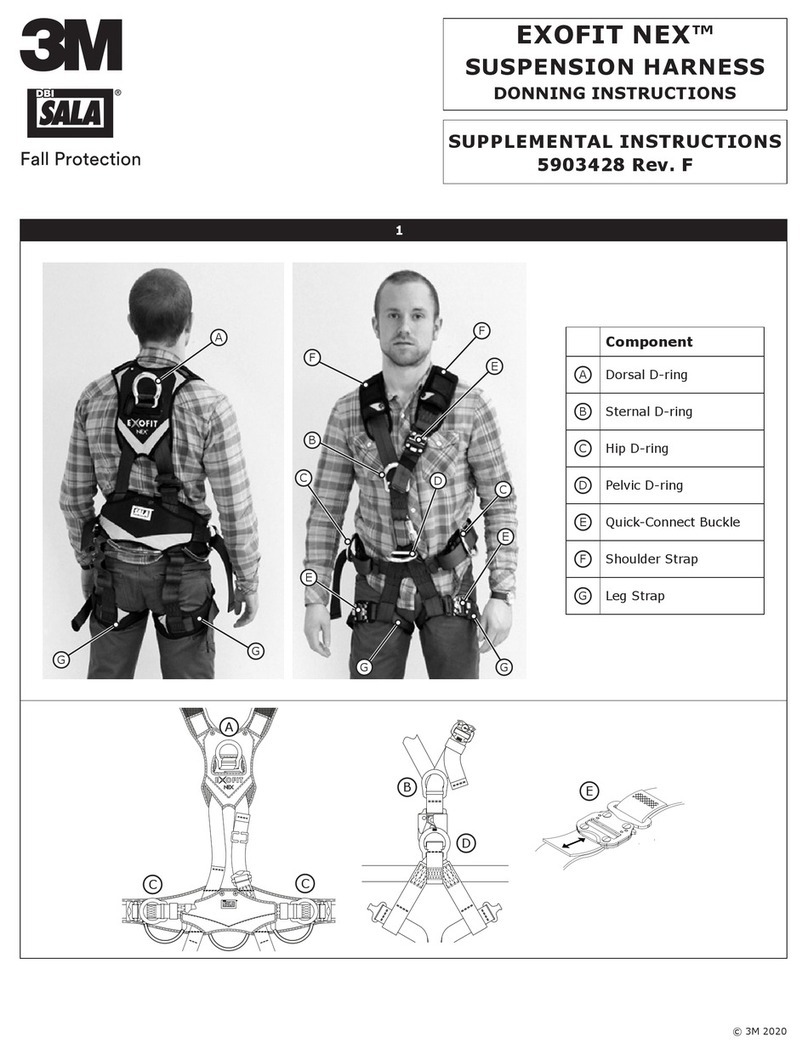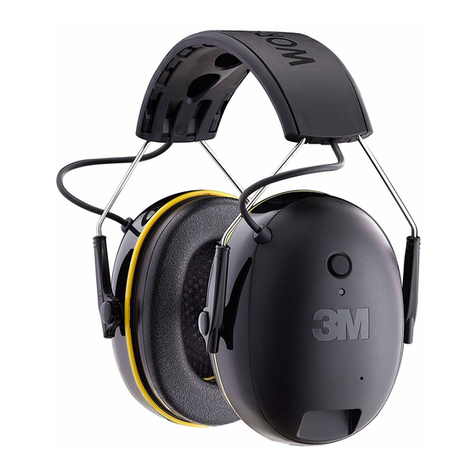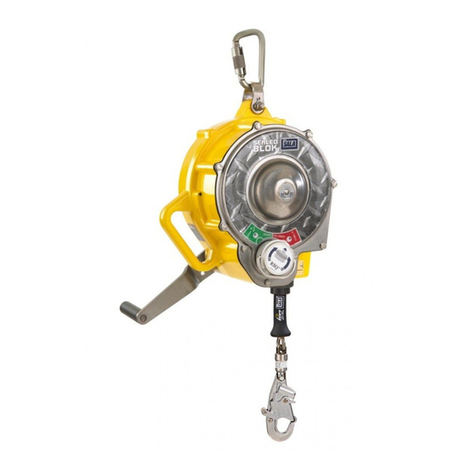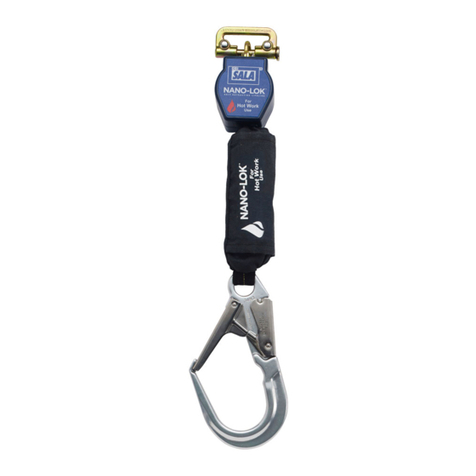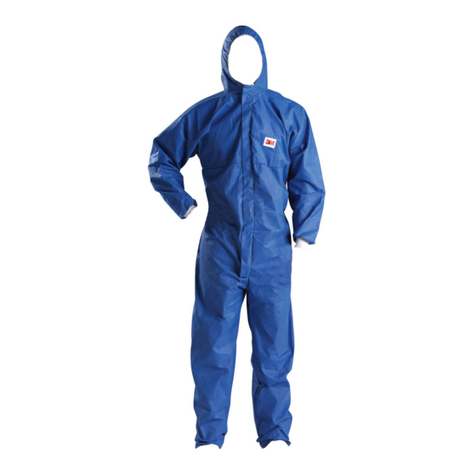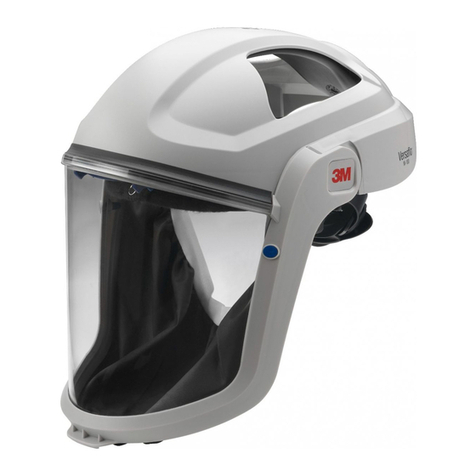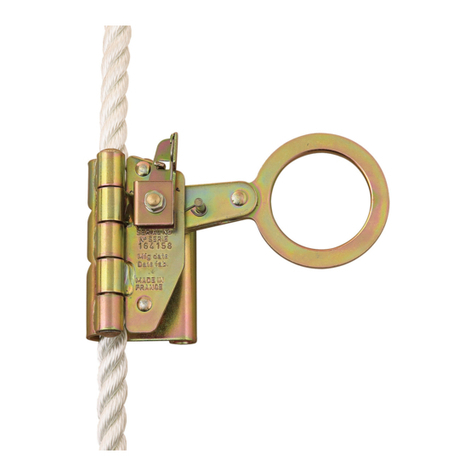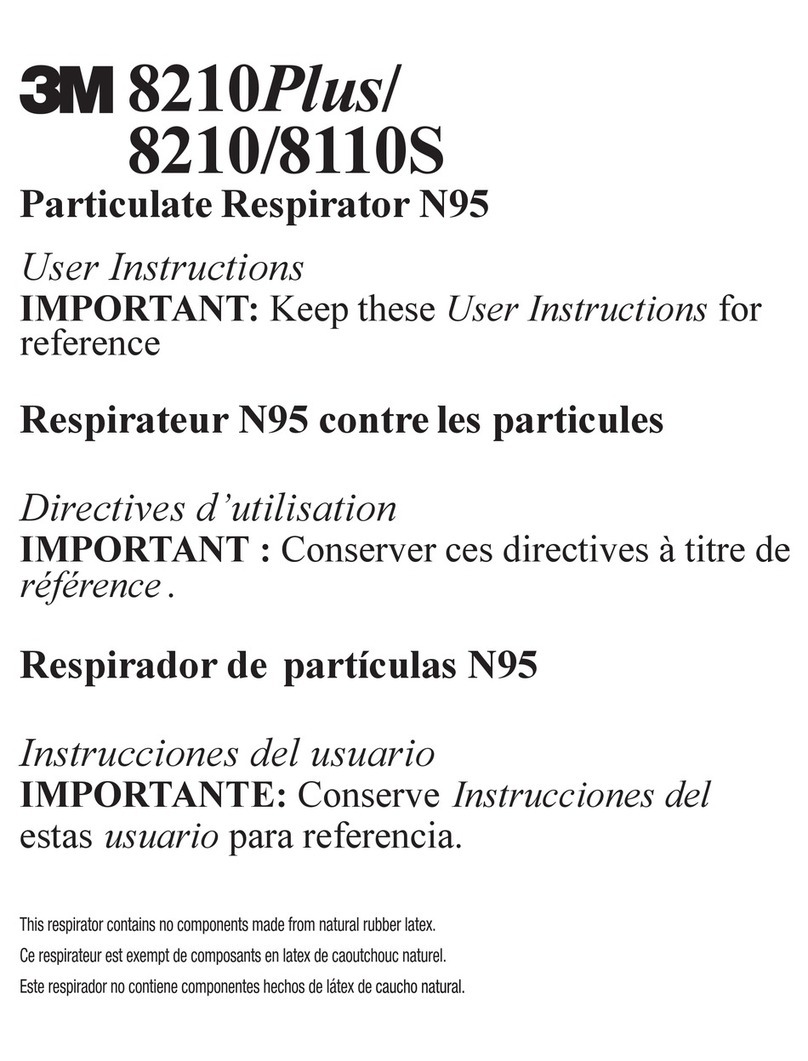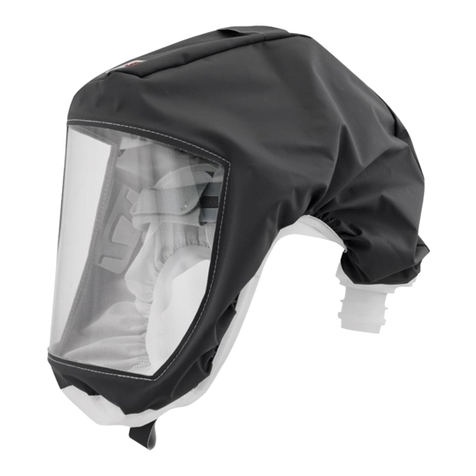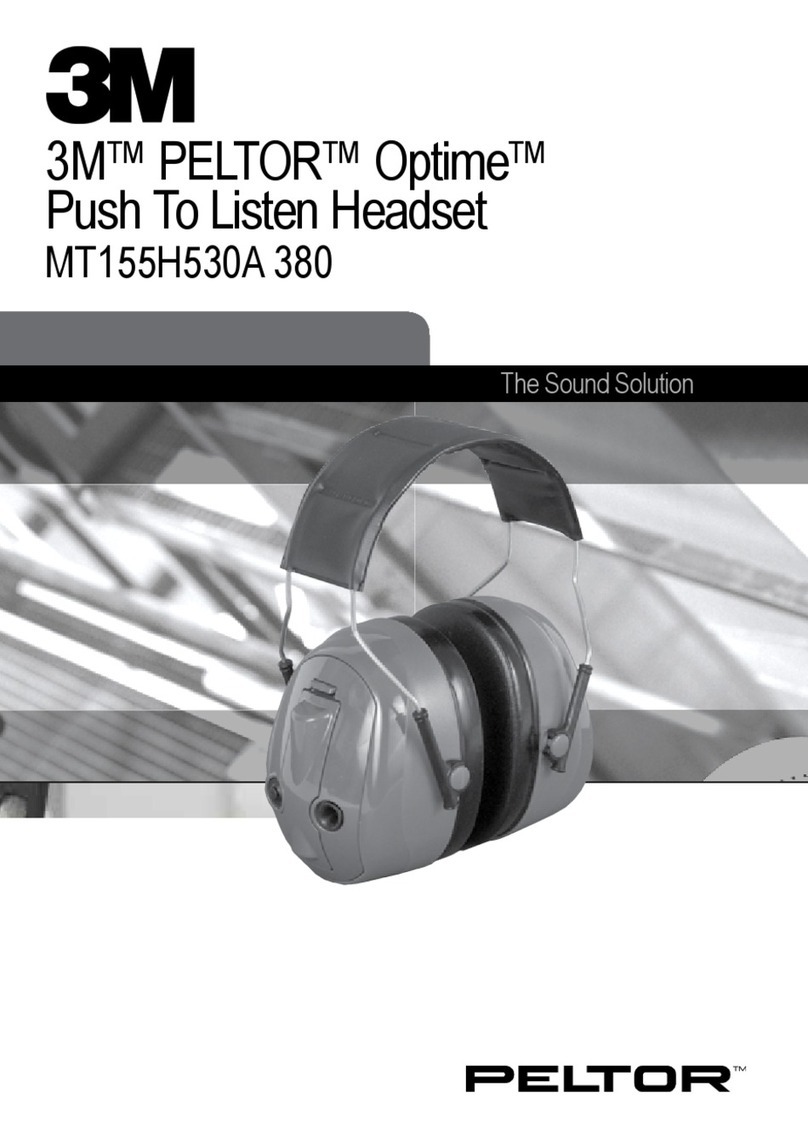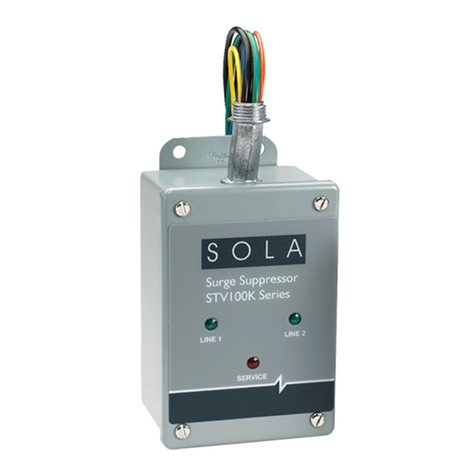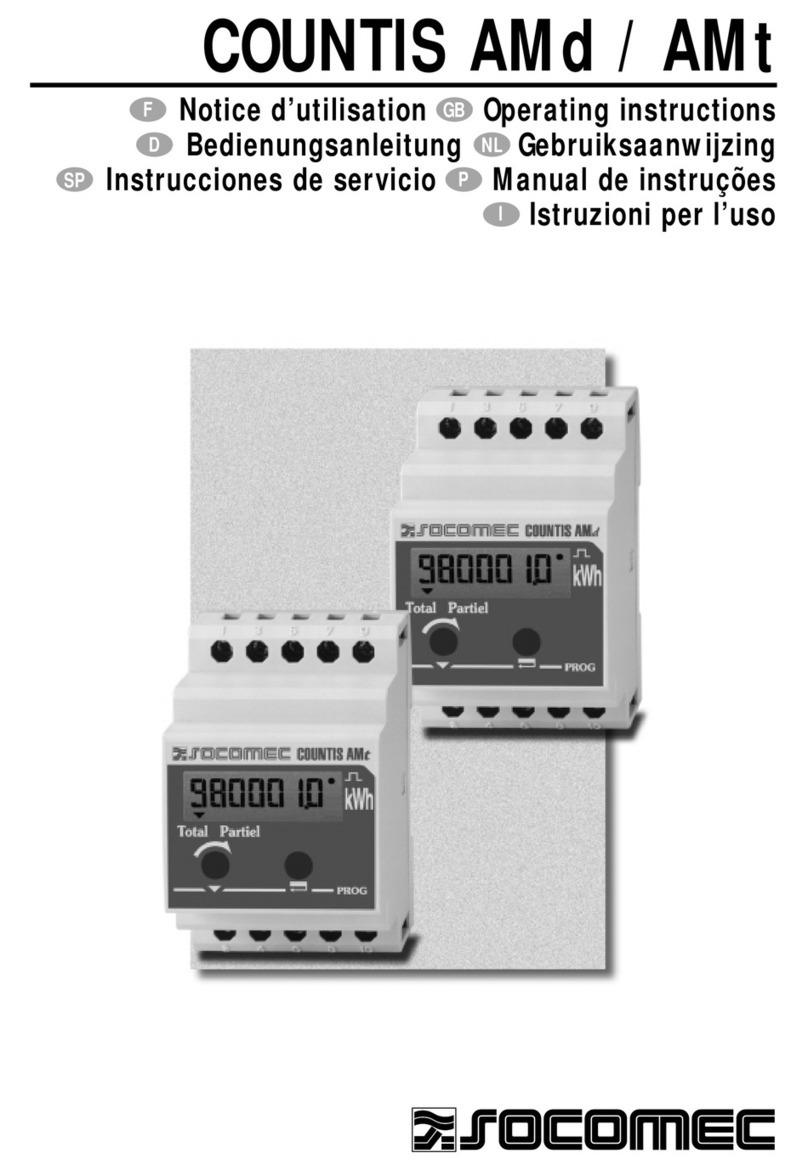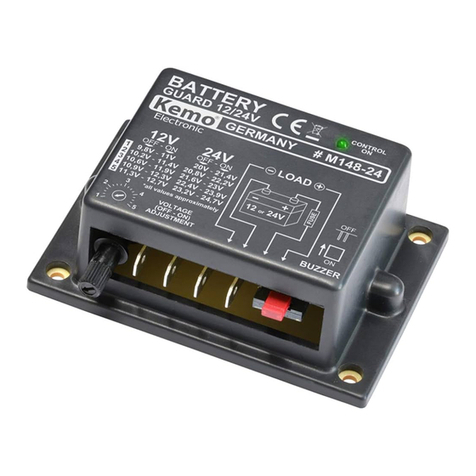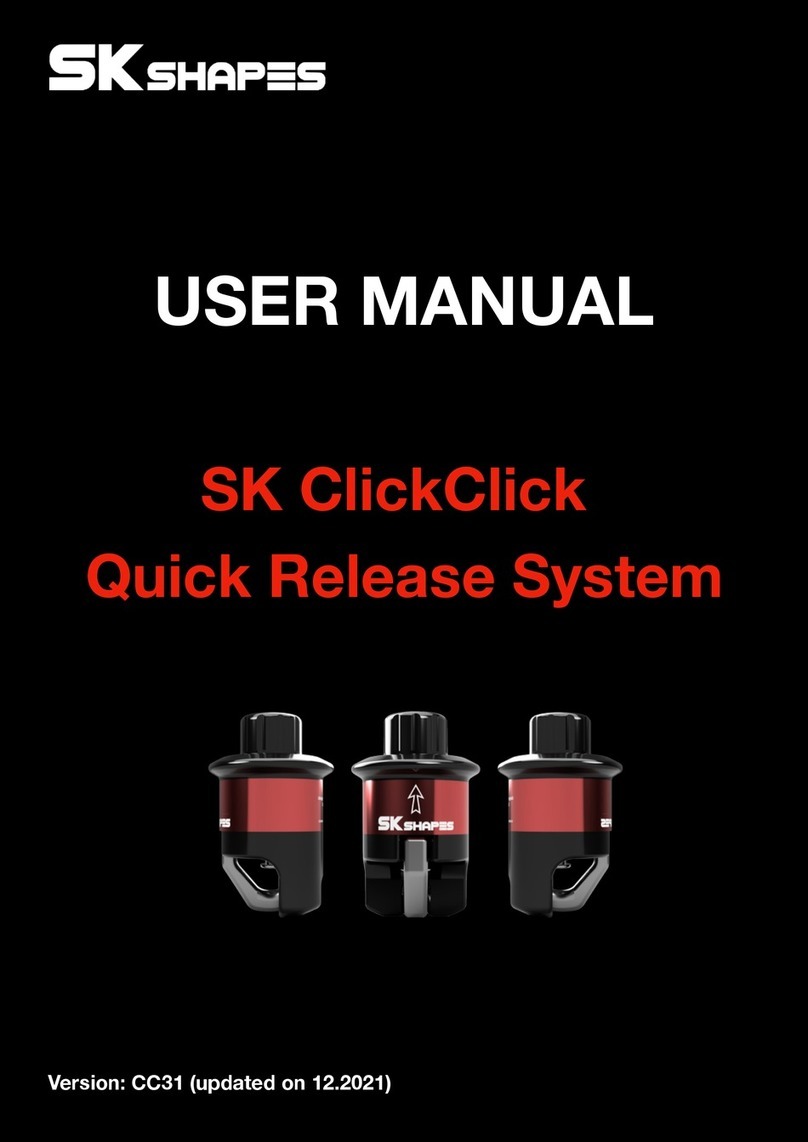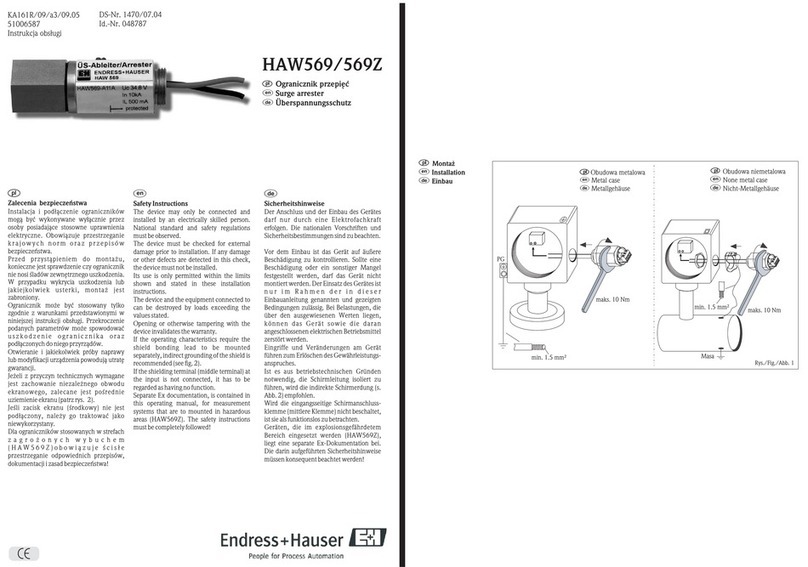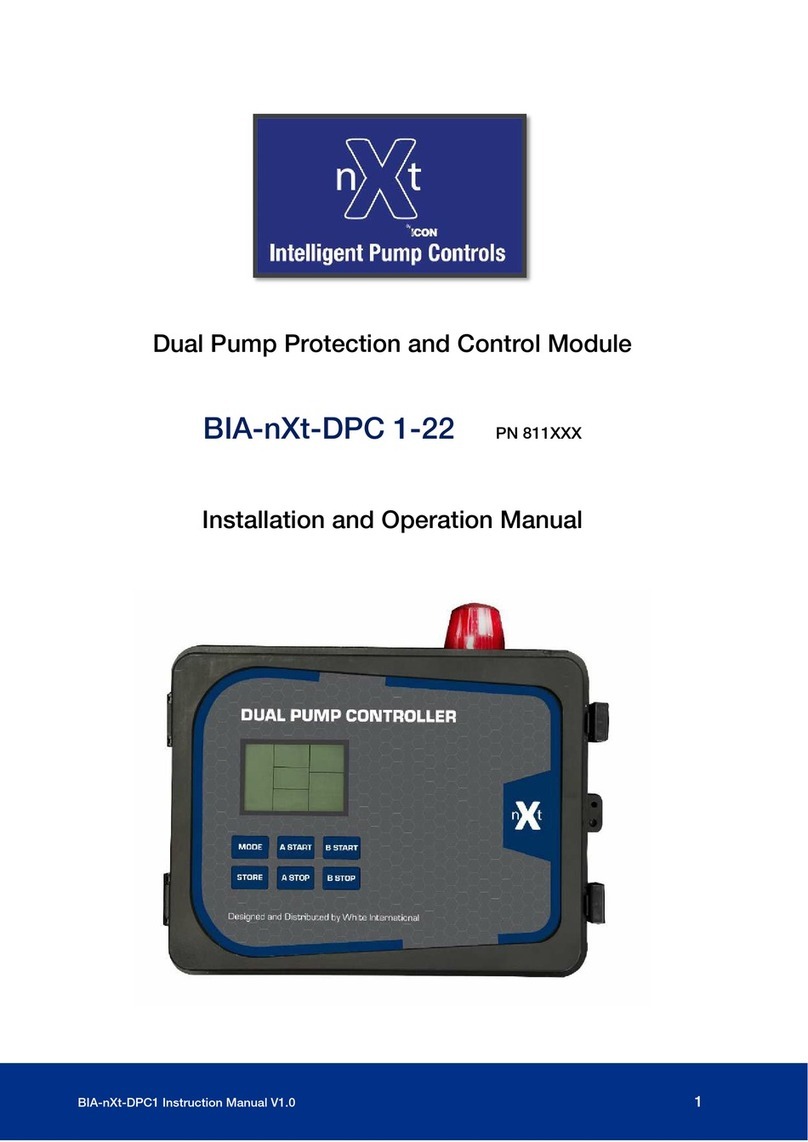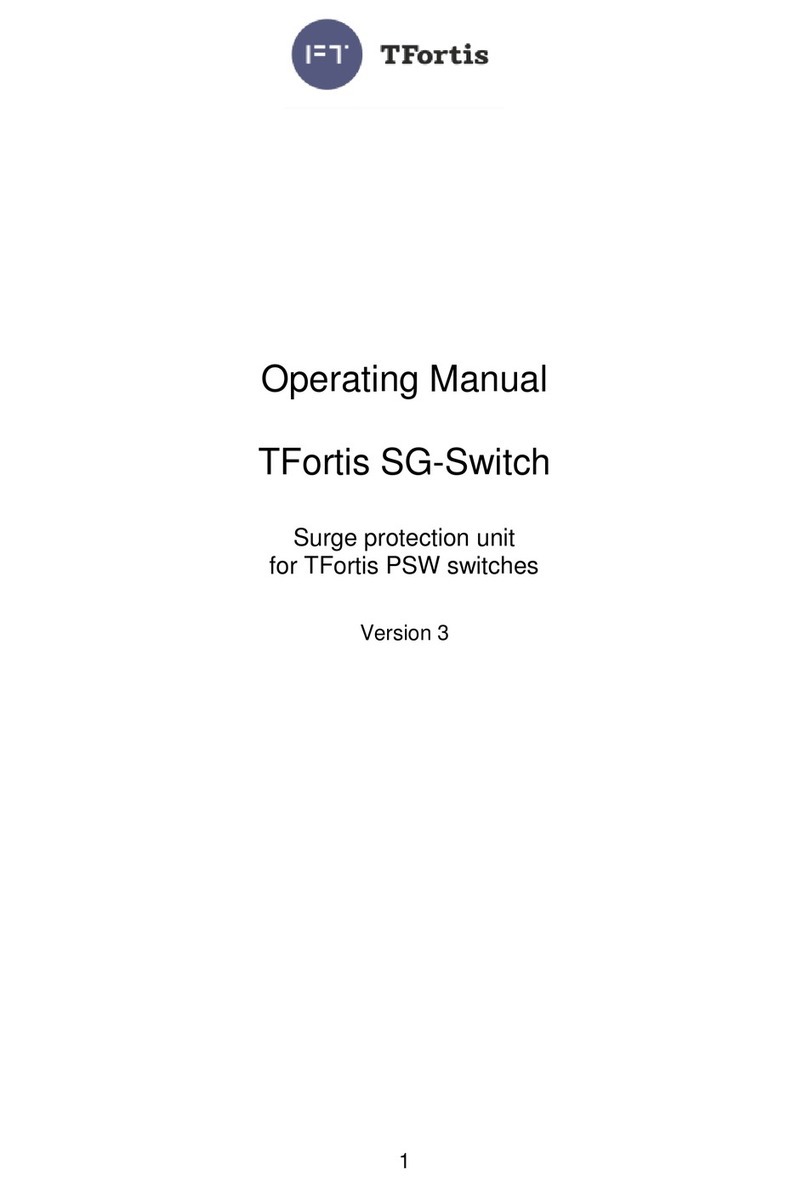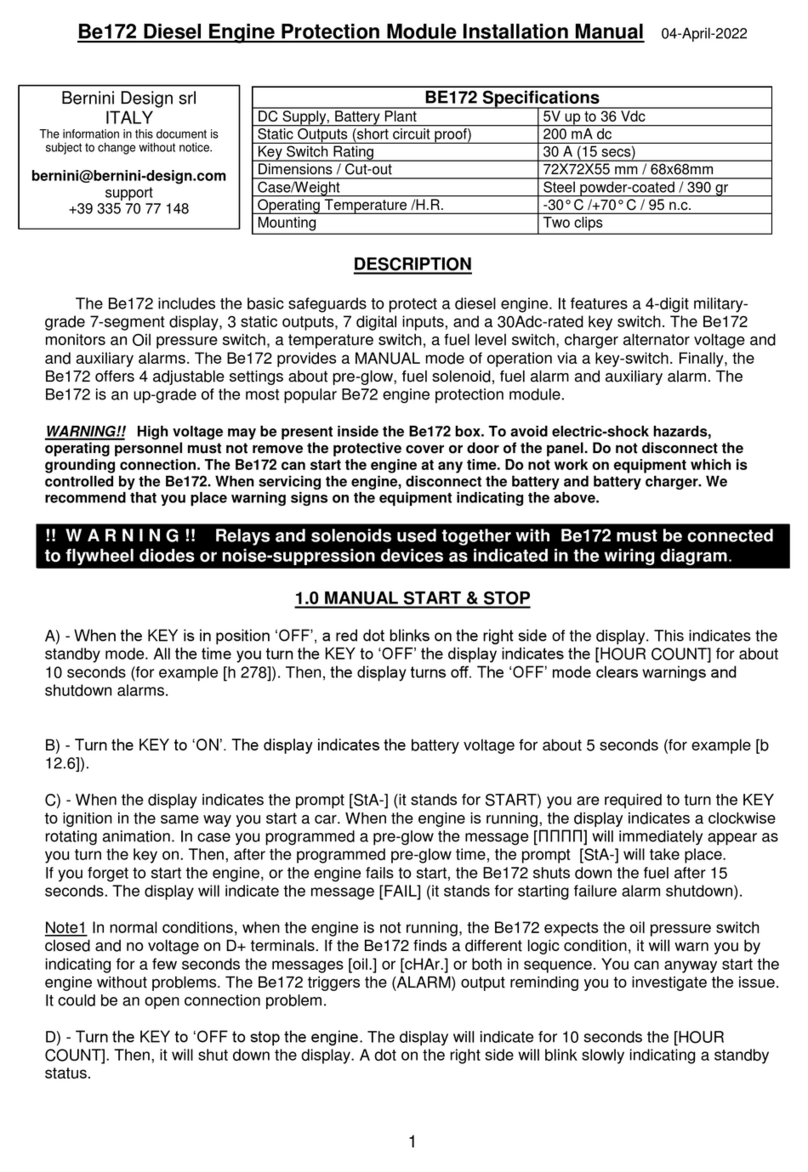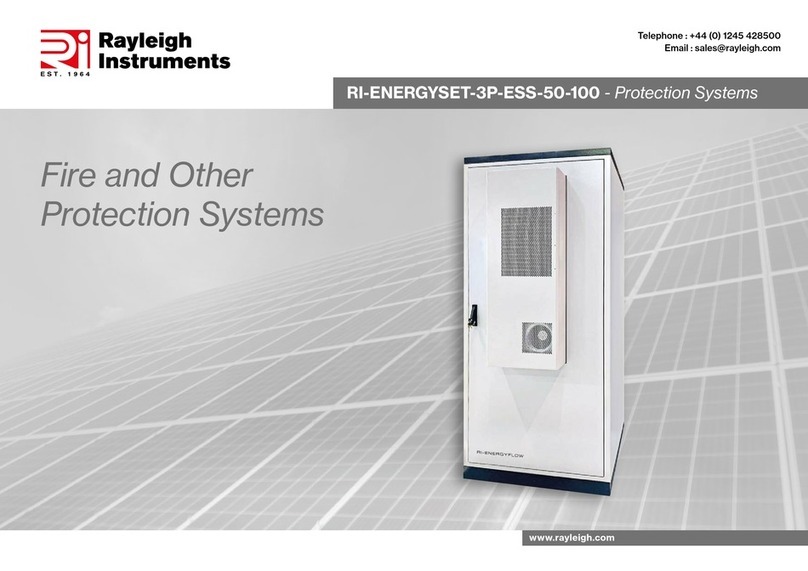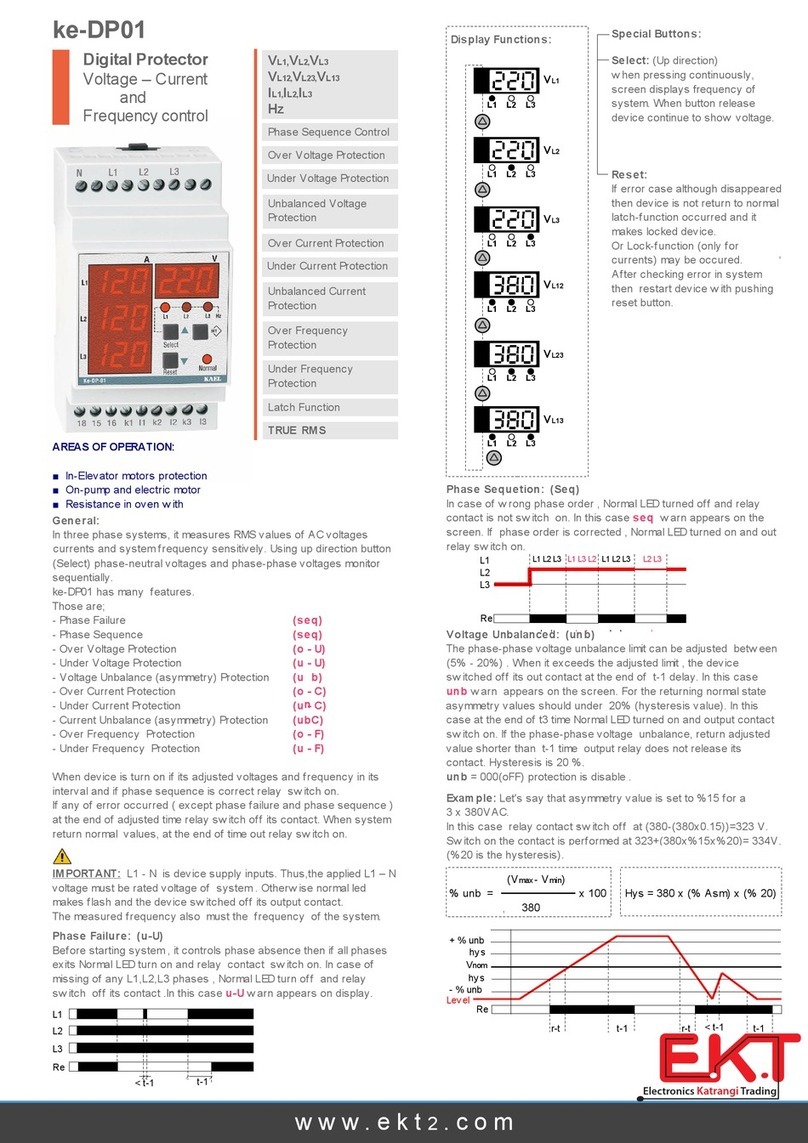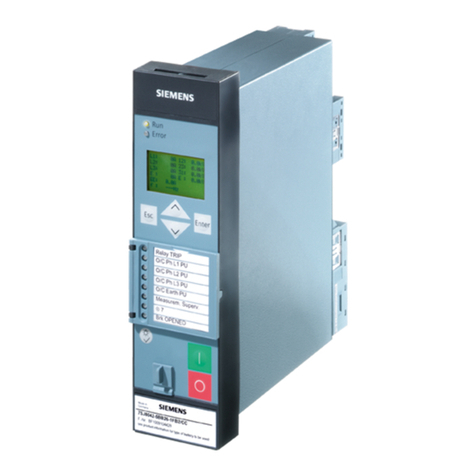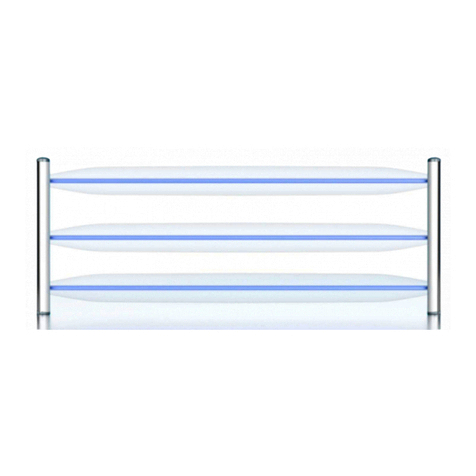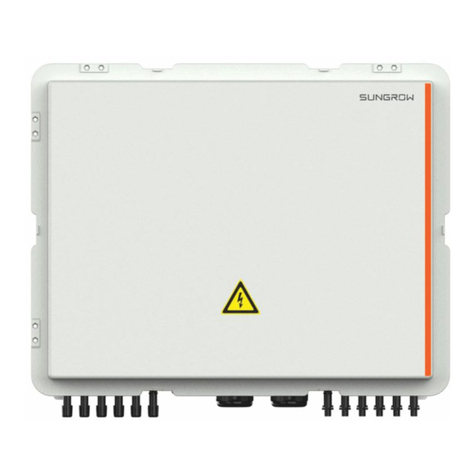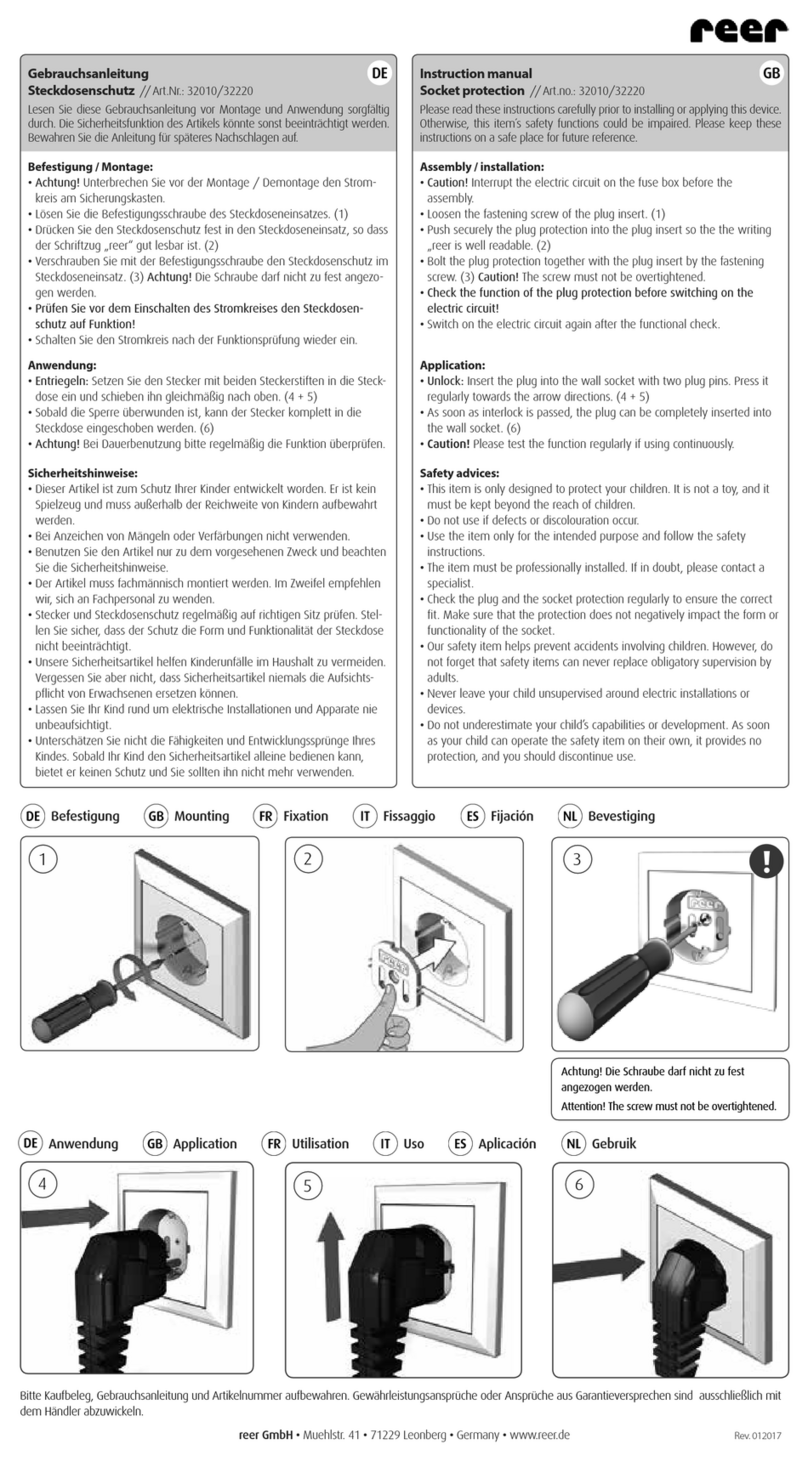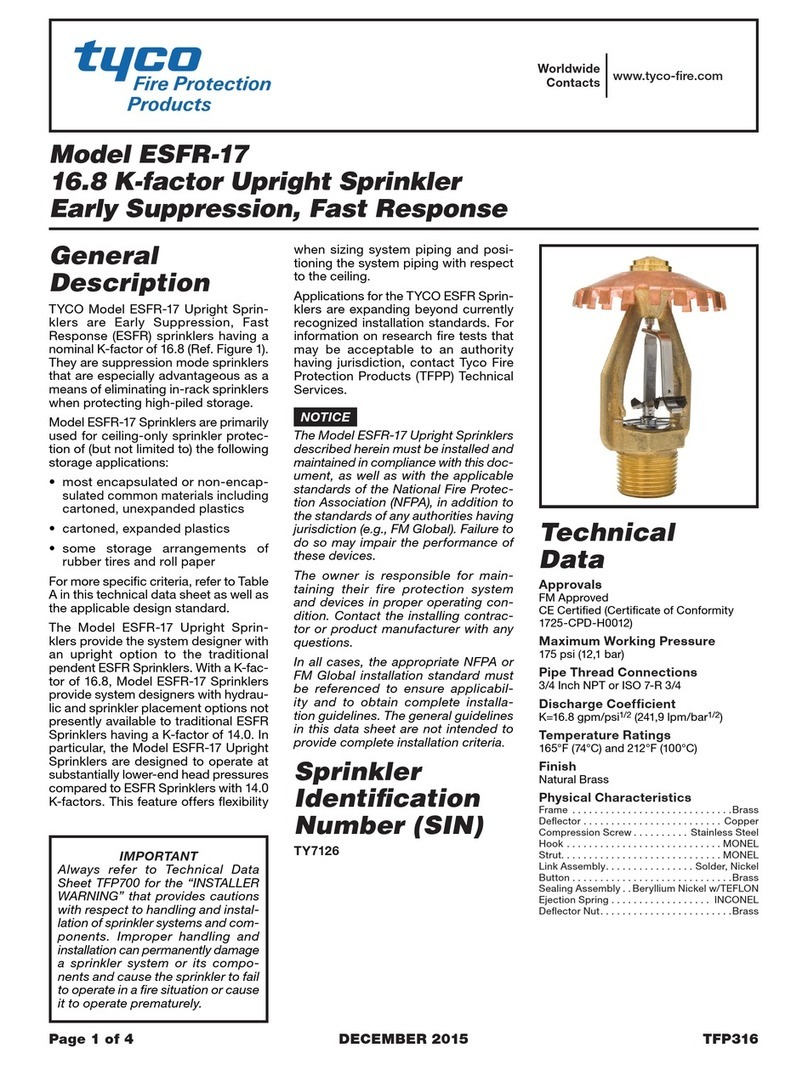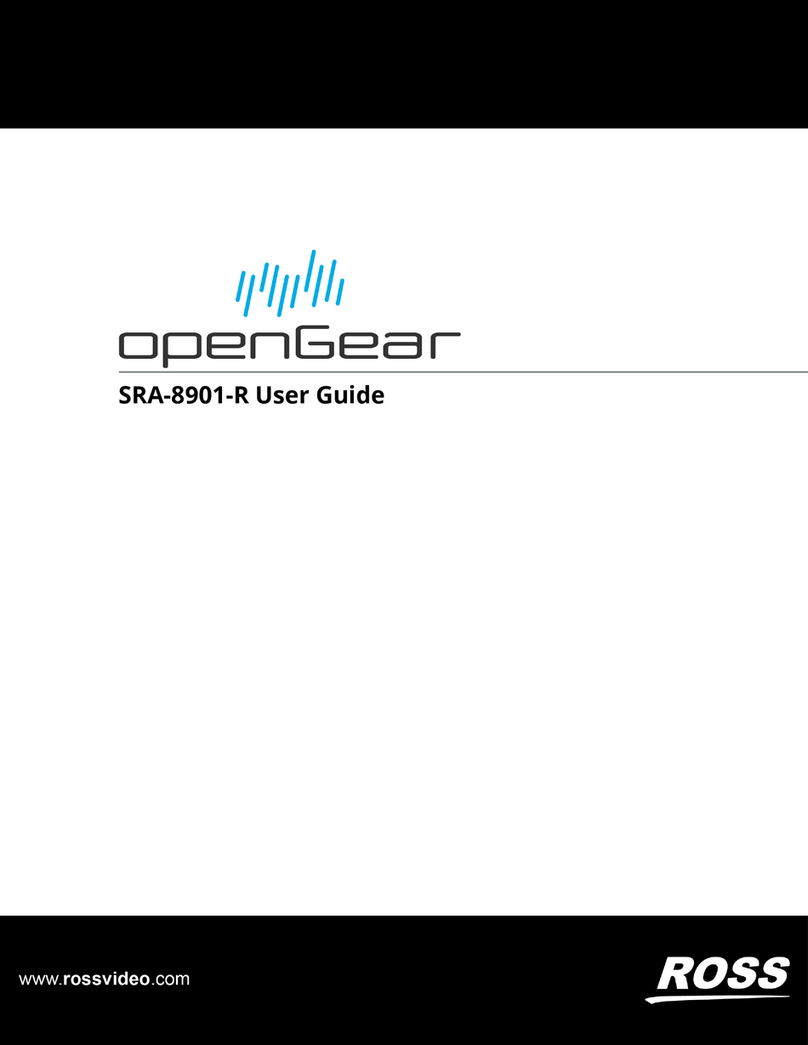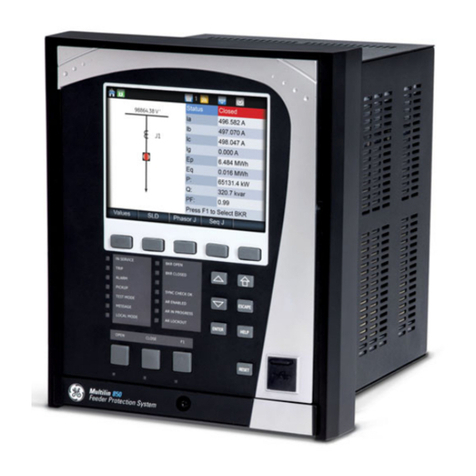
9
SIT 5908239 Rev. C
SAFETY INFORMATION
Please read, understand, and follow all safety information contained in these instructions prior to the use of this Self-Retracting
Device (SRD). FAILURE TO DO SO COULD RESULT IN SERIOUS INJURY OR DEATH.
These instructions must be provided to the user of this equipment. Retain these instructions for future reference.
Intended Use:
This Self-Retracting Device is intended for use as part of a complete personal fall protection system.
Use in any other application including, but not limited to, material handling, recreational or sports related activities, or other activities not
described in the User Instructions, is not approved by 3M and could result in serious injury or death.
This device is only to be used by trained users in workplace applications.
!WARNING
This Self-Retracting Device is part of a personal fall protection system. It is expected that all users be fully trained in the safe installation and
operation of their personal fall protection system. Misuse of this device could result in serious injury or death. For proper selection,
operation, installation, maintenance, and service, refer to these User Instructions including all manufacturer recommendations, see your
supervisor, or contact 3M Technical Services.
• To reduce the risks associated with working with an SRD which, if not avoided, could result in serious injury or death:
- Before each use, inspect the SRD and check for proper locking and retraction.
- If inspection reveals an unsafe or defective condition, remove the device from service and repair or replace according to the User
Instructions.
- If the SRD has been subjected to fall arrest or impact force, immediately remove the SRD from service and label the device ‘UNUSABLE’.
- Ensure the lifeline is kept free from any and all obstructions including, but not limited to; entanglement with moving machinery or
equipment (e.g., the top drive of oil rigs), other workers, yourself, surrounding objects, or impact from overhead objects that could fall
onto the lifeline or the worker.
- Never allow slack in the lifeline. Do not tie or knot the lifeline.
- Attach the unused leg(s) of the Harness Mounted SRD to the parking attachment(s) of the harness if equipped.
- Do not use in applications that have an obstructed fall path. Working on slowly shifting material, such as sand or grain, or within conned
or cramped spaces, may not allow the worker to reach sucient speed to cause the SRD to lock. A clear path is required to assure
positive locking of the SRD.
- Avoid sudden or quick movements during normal work operation. This may cause the device to lock up.
- Ensure that fall protection systems/subsystems assembled from components made by dierent manufacturers are compatible and meet
the requirements of applicable standards, including the ANSI Z359 or other applicable fall protection codes, standards, or requirements.
Always consult a Competent and/or Qualied Person before using these systems.
- (DEVICES WITH MAGNETS) Avoid close proximity to implanted medical devices.
• To reduce the risks associated with working at height which, if not avoided, could result in serious injury or death:
- Ensure your health and physical condition allow you to safely withstand all of the forces associated with working at height. Consult with
your doctor if you have any questions regarding your ability to use this equipment.
- Never exceed allowable capacity of your fall protection equipment.
- Never exceed maximum free fall distance of your fall protection equipment.
- Do not use any fall protection equipment that fails pre-use or other scheduled inspections, or if you have concerns about the use or
suitability of the equipment for your application. Contact 3M Technical Services with any questions.
- Some subsystem and component combinations may interfere with the operation of this equipment. Only use compatible connections.
Consult 3M prior to using this equipment in combination with components or subsystems other than those described in the User
Instructions.
- Use extra precautions when working around moving machinery (e.g. top drive of oil rigs) electrical hazards, extreme temperatures,
chemical hazards, explosive or toxic gases, sharp edges, or below overhead materials that could fall onto you or your fall protection
equipment.
- Use Arc Flash or Hot Works devices when working in high heat environments.
- Avoid surfaces and objects that can damage the user or equipment.
- Ensure there is adequate fall clearance when working at height.
- Never modify or alter your fall protection equipment. Only 3M or parties authorized in writing by 3M may make repairs to the equipment.
- Prior to use of fall protection equipment, ensure a rescue plan is in place which allows for prompt rescue if a fall incident occurs.
- If a fall incident occurs, immediately seek medical attention for the worker who has fallen.
- Do not use a body belt for fall arrest applications. Use only a Full Body Harness.
- Minimize swing falls by working as directly below the anchorage point as possible.
- If training with this device, a secondary fall protection system must be utilized in a manner that does not expose the trainee to an
unintended fall hazard.
- Always wear appropriate personal protective equipment when installing, using, or inspecting the device/system.
EN
